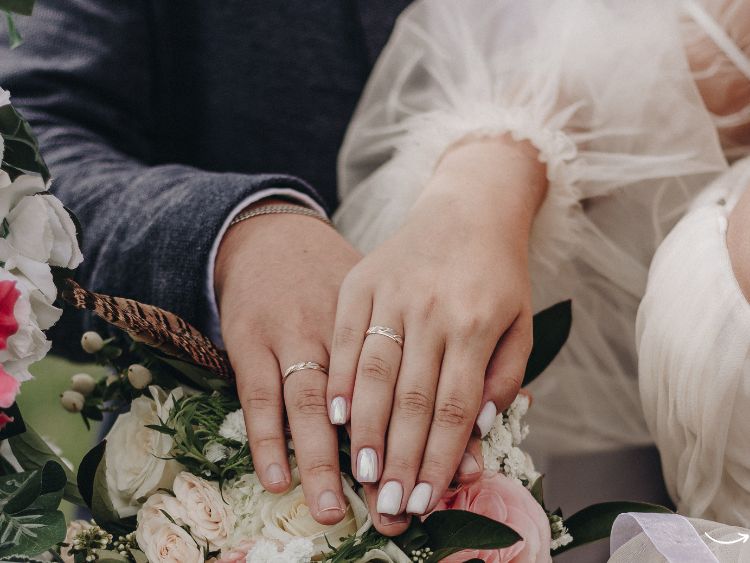Dress to Impress: The Ultimate Guide to Making a Statement with Your Outfit
In today’s fast-paced world, first impressions are more crucial than ever. Whether you’re heading to a job interview, attending a social gathering, or simply going about your daily routine, how you present yourself can speak volumes before you even say a word. The phrase “dress to impress” isn’t just a cliché—it’s a powerful tool that can open doors, build connections, and boost your confidence. But what does it really mean to dress to impress, and how can you master this art? In this comprehensive guide, we’ll explore everything you need to know about dressing to impress, from choosing the right outfit to understanding the psychology behind it.
Why Dressing to Impress Matters
The way you dress can significantly impact how others perceive you. Studies have shown that people make snap judgments about your character, competence, and trustworthiness based on your appearance. When you dress to impress, you’re not just wearing clothes—you’re sending a message. This message can influence how others interact with you, the opportunities you’re given, and even how you feel about yourself.
But dressing to impress isn’t just about wearing the latest fashion trends or expensive brands. It’s about finding the right balance between style, appropriateness, and personal expression. When you get this balance right, you’ll not only look good, but you’ll also feel good, and that confidence will shine through in everything you do.
Understanding the Psychology of Dressing
Before we dive into the practical tips, let’s take a moment to understand the psychology behind dressing to impress. Clothes are more than just fabric; they carry meaning and symbolism. Different colors, styles, and accessories can evoke different emotions and reactions.
For example, wearing a tailored suit in a professional setting conveys authority, competence, and reliability. On the other hand, opting for casual wear in the same setting might suggest a laid-back, approachable personality but could also be perceived as unprofessional.
Color plays a significant role too. Bright colors like red and yellow can attract attention and convey energy and enthusiasm. In contrast, neutral colors like black, grey, and navy are often associated with professionalism and sophistication. Understanding these psychological cues can help you choose outfits that align with the impression you want to make.
How to Dress to Impress: Practical Tips
Now that we’ve covered the basics of why dressing to impress matters and the psychology behind it, let’s get into the nitty-gritty of how you can dress to impress in various situations.
1. Know Your Audience
One of the most critical factors in dressing to impress is understanding your audience. Different settings call for different dress codes, and what works in one context might not work in another. For example:
- Job Interviews: For most corporate jobs, a business professional outfit—a well-fitted suit, dress shoes, and minimal accessories—is a safe bet. For creative industries, you might have more leeway to express your personal style, but it’s still essential to maintain a polished appearance.
- Social Events: For formal events like weddings or gala dinners, go for classic, elegant attire. Think cocktail dresses, tuxedos, or tailored suits. For casual gatherings, you can be more relaxed, but still, aim for a put-together look.
- Daily Wear: Even in casual settings, it’s worth putting some thought into your outfit. Well-fitted jeans, a clean shirt, and stylish footwear can make a world of difference in how you’re perceived.
2. Fit is Everything
No matter how expensive or trendy your clothes are, if they don’t fit well, they won’t look good. Ill-fitting clothes can make you appear sloppy and unprofessional, whereas well-tailored clothes can enhance your silhouette and give you a polished look. If you’re unsure about your fit, consider visiting a tailor to adjust your clothes to your body shape.
3. Pay Attention to Details
The devil is in the details, as they say. Small things like polished shoes, ironed clothes, and coordinated accessories can elevate your outfit and make you stand out. Here are a few details to keep in mind:
- Accessories: Choose accessories that complement your outfit without overpowering it. A stylish watch, a well-chosen tie, or a tasteful piece of jewelry can add a touch of sophistication.
- Grooming: Your outfit is only part of the equation. Ensure your hair, nails, and overall grooming are on point. Cleanliness and neatness go a long way in creating a positive impression.
- Footwear: Never underestimate the power of good shoes. Invest in a few pairs of quality shoes that are appropriate for different occasions. Remember, shoes can make or break an outfit.
4. Dress for the Occasion
While it’s essential to dress well, it’s equally important to dress appropriately for the occasion. Overdressing or underdressing can send the wrong message. Here are some general guidelines:
- Formal Events: Stick to classic, elegant pieces. For men, a tuxedo or a dark suit with a tie is ideal. For women, a cocktail dress or a long gown is appropriate.
- Business Casual: This dress code can be tricky as it sits between formal and casual. A good rule of thumb is to pair a blazer with chinos or dress pants for men and a blouse with a skirt or tailored pants for women.
- Casual: Even in casual settings, aim for a neat and put-together look. Avoid overly baggy clothes or anything too revealing. Opt for smart-casual attire like jeans paired with a nice shirt or blouse.
5. Express Your Personality
While dressing to impress often involves adhering to certain standards, don’t be afraid to let your personality shine through. Your outfit should reflect who you are. If you’re naturally bold and outgoing, you might choose brighter colors or statement pieces. If you’re more reserved, classic, understated pieces might be more your style. The key is to strike a balance between expressing yourself and staying appropriate for the occasion.
6. Comfort is Key
Looking good is important, but so is feeling good. If you’re uncomfortable in your outfit, it will show. Choose clothes that fit well but also allow you to move and breathe easily. Confidence is the ultimate accessory, and you’ll only feel confident if you’re comfortable in what you’re wearing.
FAQs about Dressing to Impress
Q: Can you dress to impress on a budget?
A: Absolutely! Dressing to impress doesn’t require a designer wardrobe. Focus on fit, quality, and timeless pieces that can be mixed and matched. Thrift stores, sales, and discount retailers can be great sources for stylish clothing at a fraction of the cost.
Q: How can I dress to impress at work without being too formal?
A: Opt for a business casual look. Pair dress pants or a skirt with a crisp shirt or blouse, and add a blazer for a polished touch. Avoid overly casual items like jeans or sneakers unless your workplace has a relaxed dress code.
Q: What’s the best color to wear for an important meeting?
A: Neutral colors like navy, black, and grey are safe bets for important meetings as they convey professionalism and seriousness. You can add a pop of color with accessories if you want to stand out.
Q: How can I dress to impress in a creative industry?
A: Creative industries often allow for more personal expression. You can experiment with colors, patterns, and accessories while still maintaining a professional appearance. The key is to balance creativity with a polished, put-together look.
Summary
Dressing to impress is about more than just looking good—it’s about sending the right message and feeling confident in yourself. By understanding the psychology behind clothing choices, paying attention to fit and details, and dressing appropriately for the occasion, you can make a lasting impression in any situation. Remember, it’s not about following the latest trends or breaking the bank on designer clothes; it’s about finding your style, dressing with intention, and always putting your best foot forward.
Authoritative Links Related to “Dress to Impress”
- https://www.forbes.com/sites/forbesstyle/
- https://www.psychologytoday.com/us/articles/201403/dress-impress
- https://www.businessinsider.com/how-to-dress-well-2014-4
- https://www.realmenrealstyle.com/dress-to-impress-importance/
- https://www.huffpost.com/entry/10-reasons-why-dressing-up_b_7254286
This article on ‘dress to impress’ has provided a deep dive into how to harness the power of your wardrobe to make a strong impression. Whether you’re aiming to stand out at work, at a social event, or in your everyday life, these tips will help you do so with style and confidence.







